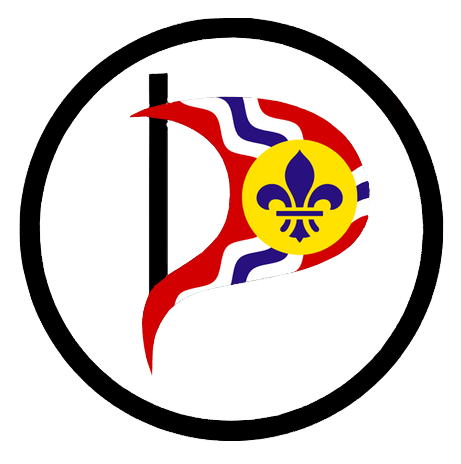Aggregator
Wintry mix causes multiple crashes across St. Louis metro
Check the latest local school and business closings
$90M mixed-use, transit-oriented apartment development opens in St. Louis
Ballpark Village hosting hospitality job fair Tuesday
The St. Louis blizzard of 1982: We didn't see it coming
St. Louis-based events software firm rebrands amid rapid growth
Hartmann: MAGA Hate Is Winning in Rockwood Schools
As annual losses reach $25M, Webster University looks to pivot student focus
More workers are trying to unionize in St. Louis. A shift in the tide for labor?
U.S. mortgage rates continue modest declines
MetroLink maintenance delays happening today
Slick roads cause crashes, close schools
House near Carondelet Park lists for $320,000
Nicklaus: Noncompete clauses are anti-innovation, and definitely anti-worker
The Supreme Court could end protections for some Mississippi basin wetlands
Push for open enrollment picks up steam as Missouri GOP focuses on education bills
The push to allow Missouri students to transfer out of their home district and direct tax money toward their new school of choice is picking up momentum, with a state Senate committee set to approve a pair of bills this week. The bills — one that would allow public districts and charter schools to open […]
The post Push for open enrollment picks up steam as Missouri GOP focuses on education bills appeared first on Missouri Independent.
Capitol Perspectives: Improving Missouri’s Sunshine Law
The 50-year golden anniversary of Missouri’s Sunshine Law has led me to reflect on what could be done to restore the vision of Missouri’s original Sunshine Law sponsors. Recent news stories and editorials of the St. Louis Post-Dispatch and the Kansas City Star concluded the Sunshine Law needs an “overhaul.” I could not agree more […]
The post Capitol Perspectives: Improving Missouri’s Sunshine Law appeared first on Missouri Independent.
White House launches new push to help states remove lead pipes that carry drinking water
WASHINGTON — The White House on Friday announced plans to speed up the use of infrastructure law funds to replace lead pipes in underserved communities, with a focus on Connecticut, New Jersey, Pennsylvania and Wisconsin beginning this year. The four states, each led by Democratic governors, will be part of what’s called the Lead Service […]
The post White House launches new push to help states remove lead pipes that carry drinking water appeared first on Missouri Independent.
 stLouIST
stLouIST